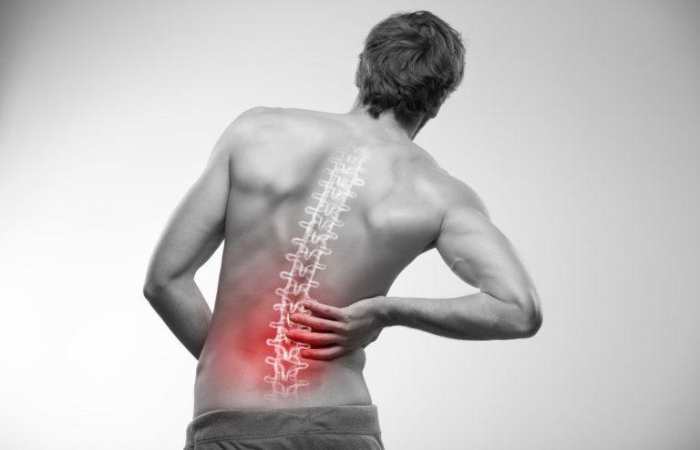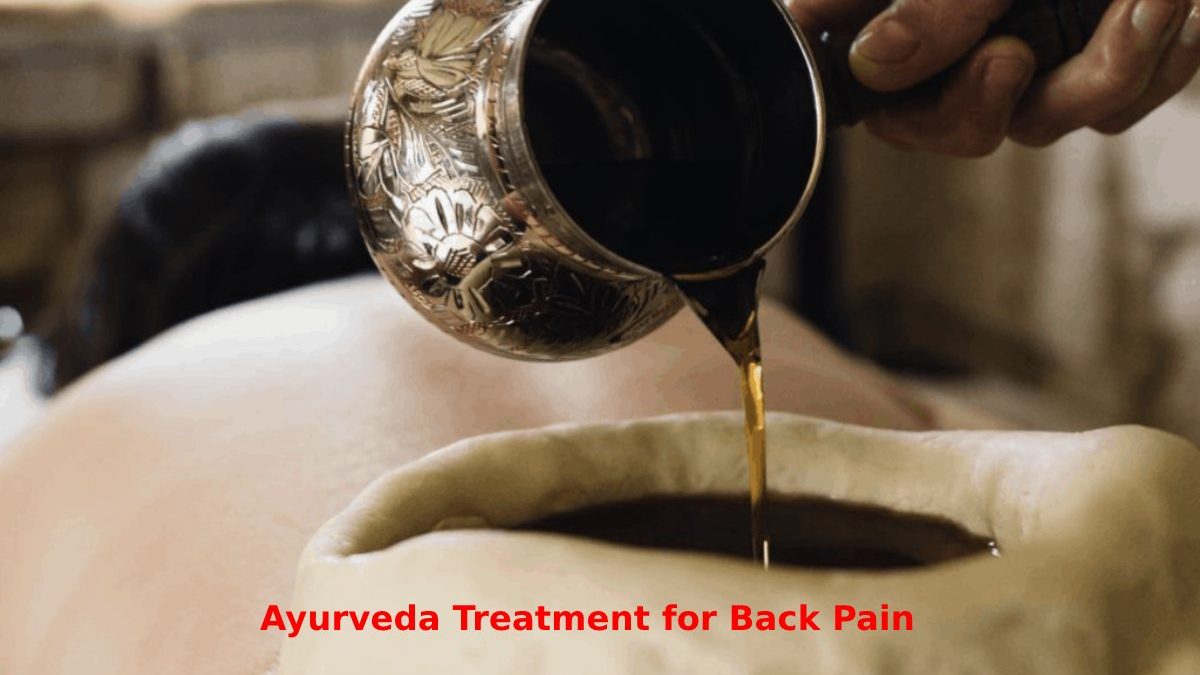Low back pain (LP) is a prevalent condition that affects almost 80% of the male and female population at some fact in their lives and is the main reason for seeing a traumatologist. Focused on the lower back, this discomfort can vary in intensity and duration, ranging from a constant dull ache to a sudden, throbbing sensation that can hinder the person.
Back pain can be caused by a variety of problems with any part of the complex interconnected network of the spine: muscles, nerves, bones, tendons, or discs in the lumbar spine. In addition, it is a symptom of an underlying condition or Injury.
Table of Contents
The Most Common Causes of Low Back Pain

Sprains
They explain the most acute back pain. They are caused by overstretching ligaments and strains, tendons, or muscle tears.
Disc Degeneration
This is one of the most mutual causes and occurs when the discs lose their cushioning ability.
Herniated or Herniated Disc
When the discs are compressed and protrude outward, causing discomfort and pain.
Radiculopathy
It is caused by compression, inflammation, and damage to the spinal nerve root. Force on the nerve root creates pain, numbness, or tingling that spreads or radiates to other body areas supplied by that nerve.
Sciatica
It is a kind of radiculopathy caused by compression of the sciatic nerve, the major nerve that runs in the buttocks and down the back of the legs.
Spondylolisthesis
it occurs when a vertebra in the lower spine slips and pinches the nerves exiting the spine.
Traumatic Injury
caused by sports, accidents, or falls can injure tendons, ligaments, or muscles.
Spinal Stenosis
His narrowing of the spine lays force on the spinal cord and nerves. It can cause pain or lack of feeling when walking and, above time, lead to weakness and loss of sensation in the legs.
Skeletal Irregularities
such as scoliosis, an arch of the spine that usually does not cause pain until mid-age; lordosis, an unusually accentuated arch in the lower back; and further congenital disabilities.
Other Serious Underlying Factors, Although Quite Rare, Could also Cause Back Pain
Infections
These are not a mutual cause of back pain. However, infections can reason pain when they affect: the vertebrae, osteomyelitis, intervertebral discs, discitis, or the sacroiliac joints that attach the lower spine to the pelvis sacroiliitis.
Tumors
These are a relatively rare cause of back pain. Sometimes the tumors start in the back, but they often appear in this area as a progression of cancer that has spread from other parts of the body.
Abdominal Aortic Aneurysms
The large blood vessel that deliveries blood to the abdomen, pelvis, and legs becomes excessively dilated.
Kidney Stones
These can reason sharp pain in the lower back, generally on one side.
Ayurveda Treatment for Lbp Lower Pain
Acute back pain often goes away in a short time. It is treated with muscle relaxants or anti-inflammatories. The use of hot or cold compresses also helps relieve pain.
Chronic pain requires a specific diagnosis to identify its cause and thus be able to remedy it effectively. In this case, patients are treat with a combination of medications, physical therapy, and the integration of lifestyle changes. For example, physical therapy for chronic back pain usually involves regular exercise to improve fitness and flexibility. In addition, traction, epidural injections, or even specialist-recommended surgery can help relieve pain in more severe cases.
It is necessary to achieve the balance of Vata (the dosha that regulates the principle of movement, therefore the nerve impulse), which is made up of ether and air. For this cause, we pay special attention to:
1. Keep us Warm
One of the main properties of Vata dosha is cold. If we listen to our bodies, we want to be comfortable and safe in our beds when we feel sick. An important feel-good message of this image is the warmth factor heat, which is also use to relieve pain.
2. Reduce the Consumption of Very Hot Spices
The consumption of scorching spices in food, such as red and green chili peppers and wasabi, can dehydrate the body. Dryness is another essential characteristic of Vata dosha. When we increase the consumption of dry substances, we can end up with constipation and back pain due to the accumulation of fecal matter in our intestines.
3. Eat Hot Food
According to the principle that what one eats affects the doshas, the consumption of cold foods and drinks causes an increase in Vata, which leads to pain. Cold creates constriction and congestion in the body. At the same time, the right amount of heat causes stretching and allows the channels (gyri) that support the body to remain open, promoting the optimal elimination of what our body does not need. Healthy bowel movements mean less pain.
4.Practice Padahastana
Padahastasana is an excellent yoga pose for back. It allows Vata to flow optimally through the body and eliminates the narrowing of the ducts that carry fecal matter that causes constipation and back pain.
5.Oil Body
Back pain always increases during stressful times in our lives. Ayurveda teaches how stress, overwork, tiredness, and exhaustion increase Vata dosha. Its accumulation leads to premature aging and pain in various body parts, especially the lower back. The skin, the central organ of Vata, can be compare to a leather bag. If this bag gets too dry, it will rip and break completely. However, the bag itself can hold up if it’s oil. “Oiling” the body with warm sesame oil before a hot shower makes the skin healthy and robust, prevents aging, and relieves back.
Conclusion
In addition to Ayurvedic drug treatments, oil applications are usually sufficient for muscular back pain. More severe pain requiring surgery also responds well to massage and Ayurvedic therapies.

